At Apple Event 2020 we saw as many as four new iPhones 12. Each of them is interesting and in demand in its own way. But only in the versions with the Pro prefix there’s a very interesting additional lens with support for LiDAR technology. It’s opaque and smaller than the others, but the differences don’t end there in appearance.
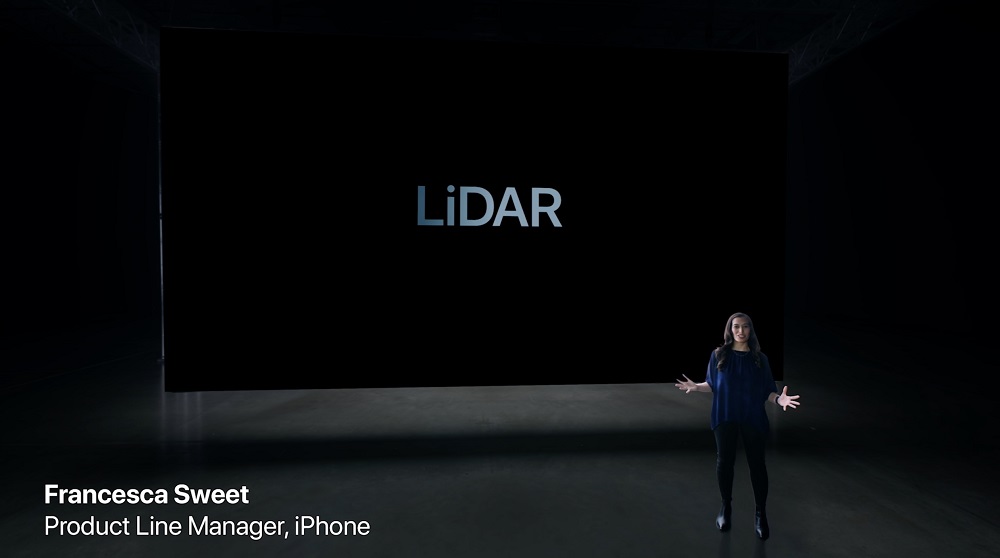
We decided to take a closer look at it and find out what the LiDAR module will do in the new iPhones, what use does it have and whether it is really worth spending extra money on it when buying an iPhone 12 Pro or iPhone 12 Pro Max.
Is LiDAR basically a Radar?
First, let’s try to figure out how LiDAR works. As you may have noticed, the name “LiDAR” sounds a lot like “radar”. Not by chance. If the first stands for “Light Identification Detection And Ranging”, then the second means “Radio Detection And Ranging”. These systems work on the same principles. Both scan the environment, but if the radar makes use of radio waves, then LiDAR is all about light.
In order to visualize the environment, the radar sends radio waves from the transmitter, which are then reflected from objects in its range, and returned to it, allowing you to determine how and where these objects are moving. Instead of radio waves, LiDAR sends short pulses of light (laser) at a specific wavelength and in a specific direction. These pulses are emitted by a sensor located in the same device and then recorded by a sensitive detector that measures the intensity of the scattered light.
What sets LiDAR apart from radar is its accuracy. High-end LiDAR sensors can identify the details of objects at a distance of 100 meters with an accuracy of several centimeters. For example, Waymo LiDAR can not only detect pedestrians, but also determine which direction they are heading.
LiDAR – what is it for?
Now let’s find out what is the LiDAR system used for? You may have already heard that it is used, for example, in autonomous vehicles that need to “see” what is happening around them so as not to run over anyone on the road. However, the application of this system goes much further. LiDARs are also installed on aircraft to map the topographic features of the Earth’s surface (including the ocean floor).
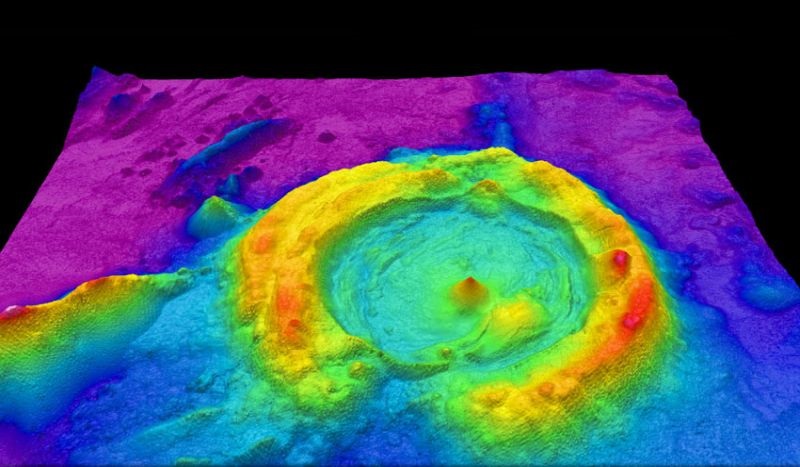
In meteorology, it is used, for example, to study the components and spatial distribution of clouds, to determine the transparency and density of air, to study the concentration of pollutants in the atmosphere and to reveal their composition, or to identify areas with different temperatures. In archeology, it is used for non-invasive search and verification of archaeological sites and objects.
Why would you need LiDAR in iPhone 12 Pro and Pro Max?
As you might guess, LiDAR in the new iPhones will not be used for ocean floor mapping or cloud research.
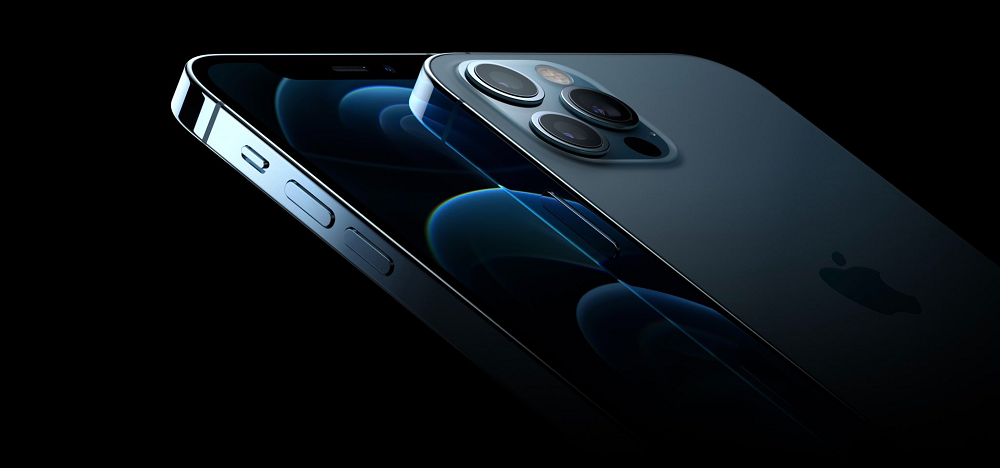
Back in August leakster Jon Prosser posted a video discussing some of the features that would supposedly work on Apple smartphones using the LiDAR system. The iPhone 12 camera app allows, for example, to enable a special “LiDAR CA” option. It should help the camera distinguish between objects in the foreground and objects in the background between two and three backgrounds when using autofocus.
As a reminder, each LiDAR sensor performs best at a certain distance, and for the iPhone 12 Pro it is 5 meters. At such distances, scanning works most efficiently, due to which the digital map of the surrounding space is reproduced with the highest quality. So the focusing system is incomparably more accurate than the one based on a set of two (or three) standard camera lenses.
LiDAR is also useful for anyone who likes to use portrait mode. And also the sensor should help well when using autofocus when recording video and in night mode.
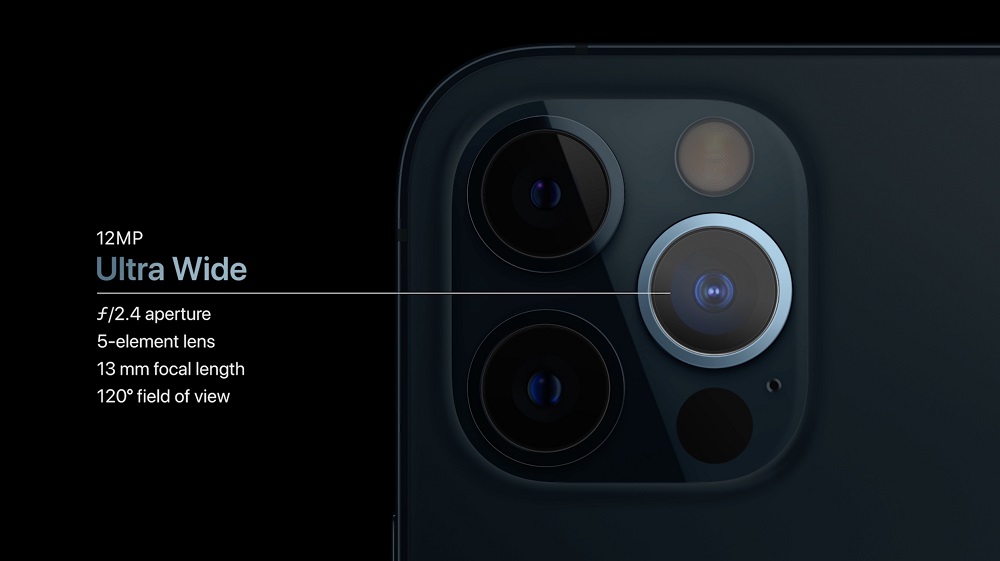
Apple uses an unusual LiDAR assignment in the iPhone 12 Pro. It’s all about focusing in an environment where there is very little light. The scanner “sees” even in complete darkness, so it can help the autofocus system. Apple reports up to 6x faster autofocus performance than iPhones without LiDAR. This alone is exciting. Also, the emergence of a LiDAR sensor also a better camera compared to other iPhones. I am not writing about competitors on Android simply because only tests will be able to tell us whether Apple has managed to outperform its opponents.
LiDAR and Augmented Reality
LiDAR is taking augmented reality to a whole new level as apps for iPhones using AR become much more accurate. What does this mean in practice? On the one hand, we have Apple programs such as, for example, the virtual ruler. With the iPhone’s camera, we can measure the length of objects and the distance between them. Until now, this application has not always been perfectly accurate, but this sensor will make it much more useful.
Third-party programs can also use LiDAR, as they will have access to the data received from the sensor. This opens up completely new possibilities. For example, an IKEA app can help you position digital furniture in an apartment much more accurately. And any app that digitally applies a new paint color to a wall will also work better. In turn, the digital LEGO catalog will show much more robust AR set models.
Also on current iPhones, the Amazon application allows to scan any room with a camera and virtually place furniture from the catalog of an online store in it. However, this process can be boring, the results are not always satisfactory, and in addition, the app does not allow you to transfer any piece of furniture to a digital copy of the room. Using LiDAR can change that. The first tests of the iPad Pro, in which, by the way, this sensor first appeared, confirm the possibility of such a use of the system.
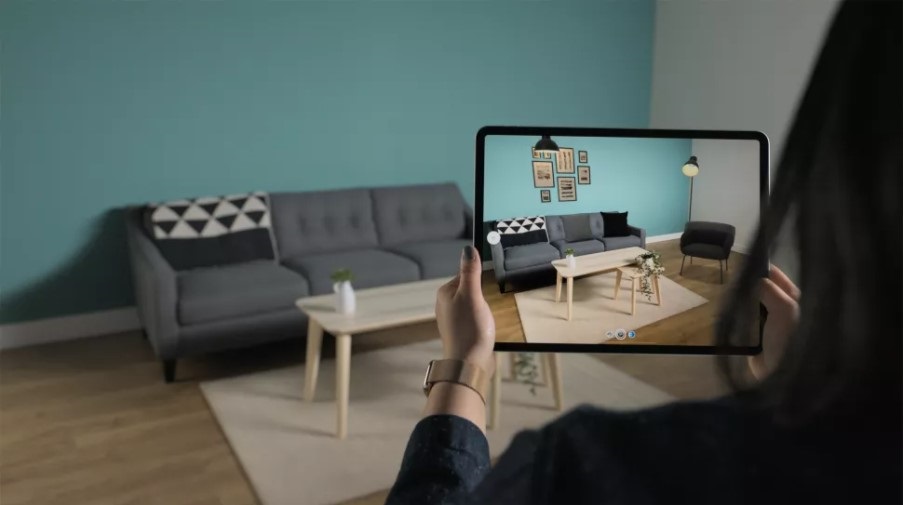
LiDAR also potentially marks a new era in gaming. For many years at its conferences Apple has shown a large number of games using augmented reality. It always looks impressive at exhibitions and presentations, but the AR entertainment segment still cannot leave the niche segment. The new lens in cameras has a chance to change this.
Which iPhone 12 models have a LiDAR sensor?
We remind you that only two smartphones in the iPhone 12 line received this incredibly interesting sensor – the iPhone 12 Pro and Pro Max. Therefore, if you want to take full advantage of LiDAR in smartphone cameras, then you must buy one of these models. Is it worth spending the extra money? This is a rhetorical question, the answer to which will appear after the first real tests of smartphones. In the meantime, this is an interesting topic for discussion, but nothing more.
Subscribe to our accounts:
